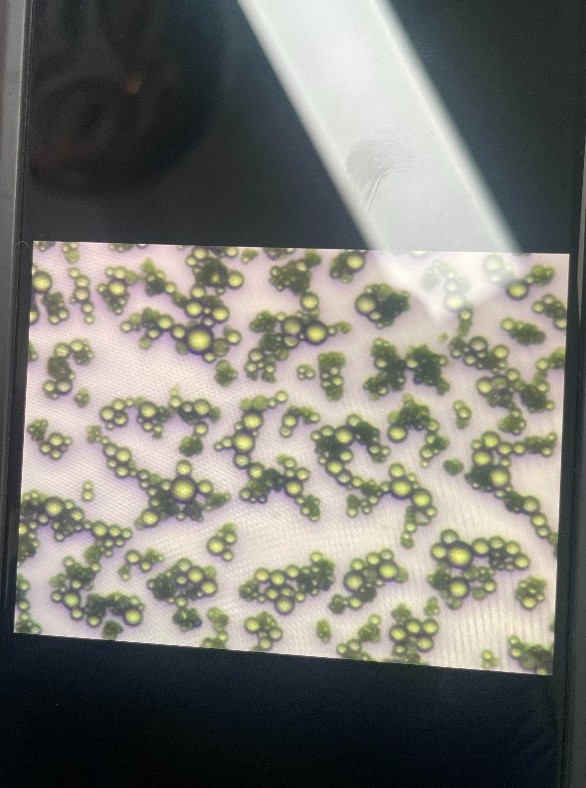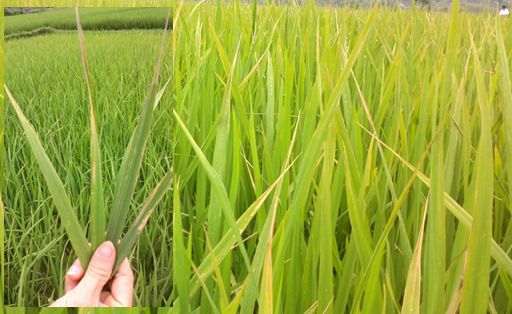
Rice leaf blight
Rice leaf blight, also known as leaf blight, is one of the most common and dangerous diseases of rice. This is a major threat to rice farmers because the disease not only reduces productivity but also directly affects the quality of harvested rice. Given the importance of rice in life and economy, especially in countries with developed agriculture like Vietnam, learning about rice leaf blight and how to prevent it is extremely necessary.
In this article, we will delve into the causes, symptoms, effects and measures to prevent rice leaf blight, thereby helping farmers have an overview and specific instructions to deal with this disease.

1. Causes of rice leaf blight
Rice leaf blight is caused by the bacteria Xanthomonas oryzae pv. oryzae. This type of bacteria spreads mainly through rainwater, wind and farming tools. When the weather is humid and the temperature is high, bacteria thrive, creating favorable conditions for the disease to spread rapidly in rice fields. The disease often breaks out most strongly in the rainy season, when humidity and temperature increase simultaneously.
In particular, rice fields that are improperly irrigated, where water stagnates, or areas with poor irrigation systems are ideal areas for the disease to develop. In addition, excessive use of nitrogen fertilizers is also an important factor that makes rice plants more susceptible to the disease.
2. Symptoms of leaf blight
Leaf blight often starts from young leaves and can spread very quickly to the entire rice field if not controlled promptly. Below are common symptoms that farmers can recognize:
2.1. On the leaves
The first symptom of the disease is the appearance of small burns along the edges of the rice leaves, usually light yellow or gray-green. Then, the disease spreads to the entire leaf surface and turns dark brown. The rice leaves dry and curl up, gradually turning silver, looking burnt.
Lesions usually start from the leaf edges and move inwards. When conditions are favorable for bacteria to grow, the entire leaf will dry out and wilt quickly. Severe disease can cause the rice plant to stop photosynthesis, causing great loss in yield.
2.2. On the rice stem and panicle
When the leaf blight disease attacks strongly, not only the leaves but also the rice stem and panicle can be affected. The stem becomes weak and easily broken, and the rice panicle can be stunted and not develop properly, causing a sharp decrease in yield.
3. Harmful effects of leaf blight disease
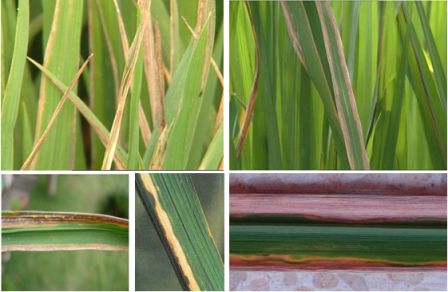
Rice leaf blight can seriously reduce rice yield if not detected and treated promptly. The disease affects the photosynthetic ability of the plant, causing the rice plant to weaken, the leaves to wither and die early, thereby directly affecting the process of nurturing the rice panicles and grains.
Rice fields with severe rice leaf blight often have a high rate of empty grains, uneven grain development and reduced rice quality after harvest. This not only reduces the yield but also affects farmers' income. Even more serious, if the disease spreads widely, the entire crop can be lost.
In large rice growing areas, rice leaf blight is often the main cause of crop failure in years with abnormal climate, especially prolonged storms combined with high temperatures.
4. Conditions for disease occurrence
Rice leaf blight occurs and develops strongly in humid weather conditions, especially when there is heavy rain and high temperatures (above 25°C). In addition, low-lying areas, poor irrigation systems or areas with stagnant water for a long time are also places where disease outbreaks are likely.
Rice plants fertilized with a lot of nitrogen fertilizer are also more susceptible to bacterial leaf blight. The reason is that nitrogen fertilizer promotes plant growth but weakens the plant, creating conditions for bacteria to attack.
In addition, the spread of disease through irrigation water from infected fields is very common. Labor tools such as transplanters and harvesters, if not properly cleaned, can also become a source of infection.
5. Measures to prevent bacterial leaf blight
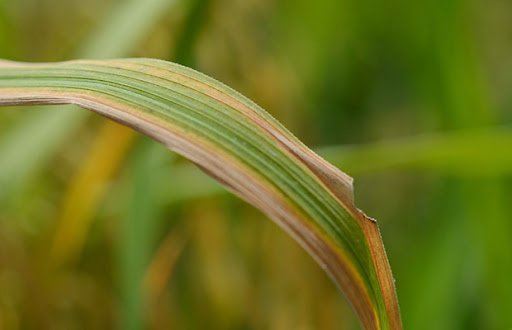
5.1. Choose disease-resistant varieties
One of the most effective measures to prevent bacterial leaf blight is to use disease-resistant rice varieties. Currently, there are many rice varieties on the market that have been researched and developed with good resistance to bacterial leaf blight. Choosing rice varieties suitable for weather and soil conditions will help reduce the risk of disease attacks.
5.2. Proper Fertilizer Management
Balanced fertilization is a very important factor in limiting the development of bacterial blight. Excessive use of nitrogen fertilizers should be limited, especially during the young rice stage. Adding potassium and phosphorus fertilizers also helps the plants to be stronger, thereby reducing the risk of infection.
In addition, organic fertilizers also help improve the overall health of the rice plant, strengthen the plant's natural immune system and create conditions for the soil ecosystem to develop, limiting the development of pathogenic bacteria.
5.3. Irrigation water management
Proper irrigation water management and avoiding stagnant water in rice fields are important factors in limiting the spread of bacterial leaf blight. Irrigation systems need to be properly designed to ensure good drainage after heavy rains, helping to limit humidity in the fields, thereby reducing the risk of disease development.
5.4. Use of pesticides
In case the disease has appeared, the use of pesticides is necessary to control the disease. Pesticides containing active ingredients such as Streptomycin, Kasugamycin or Copper oxychloride can be used to spray to prevent or treat bacterial leaf blight. Products containing disease prevention active ingredients such as: KASUHAN 4WP, Bisomin 6WP, Probicol 200WP
However, the use of pesticides must comply with the correct dosage and instructions of the manufacturer to avoid drug resistance as well as protect the environment.
5.5. Cultivation measures
Another effective measure to prevent bacterial leaf blight is to implement reasonable cultivation measures such as plowing thoroughly and drying the soil after harvest to destroy pathogens that remain in the soil. At the same time, crop rotation also helps reduce the risk of disease accumulation in rice fields over the seasons.
In addition, cleaning tools and machinery before using them from one rice growing area to another is also an effective way to prevent the spread of disease-causing bacteria.
6. Conclusion
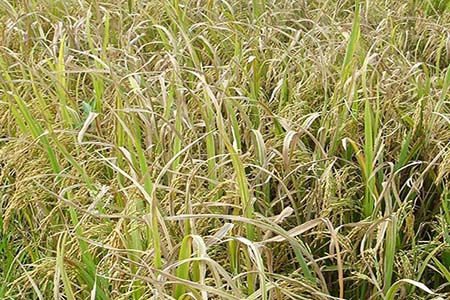
Blight on rice plants is one of the dangerous diseases and can cause great damage to farmers if not prevented in time. Understanding the causes, symptoms and prevention measures of the disease will help rice growers be more proactive in protecting their crops.
By combining the selection of disease-resistant varieties, fertilizer management, proper irrigation and proper use of pesticides, blight can be controlled and its effects minimized, contributing to ensuring the yield and quality of harvested rice.
Bình luận
Những bình luận mới nhất
